Kolonistsky park
(Колонистский парк)
GPS coordinates: 59°52’34.1″N 29°54’47.3″E (59.876149, 29.913145)
Entrance to the park: Free
Entrance to royal islands: 150 RUB (information valid for 2018).
Entrance to museums and islands: 1000 RUB, citizens of CIS – 450 RUB, children under 16 y.o. – free (you should prove it by showing their passports at ticket office). Museums are open only in summer season (since end of May till the end of September). Also they are closed during rain or high humidity.

The creation of park had been started in 1837 by architect A.I. Stackenschneider and landscape designer P.I. Erler. A big pond (with islands) that covers most of the park’s territory builds the unique landscape of this park.
Alexandra Feodorovna (consort of Nicholas I) dreamed of visiting Italy, but she was unable due to bad health. So the emperor decided to make a small Italy in Peterhof. Trees were playing the role of curtains, hiding surroundings (even today they play this role and hide most of the city landscapes).
In 1844 a pavilion was built on Tsarina’s island. Its architectural style resembles ancient Roman houses that were discovered by archaeologists in Pompeii. 4 years later another one Italian-style pavilion was erected on Olga’s island – as a wedding gift of Nicholas I to his daughter. Olga’s pavilion style reminds countryside Sicilian villas (Sicilia was the place where the plan of marriage was approved).
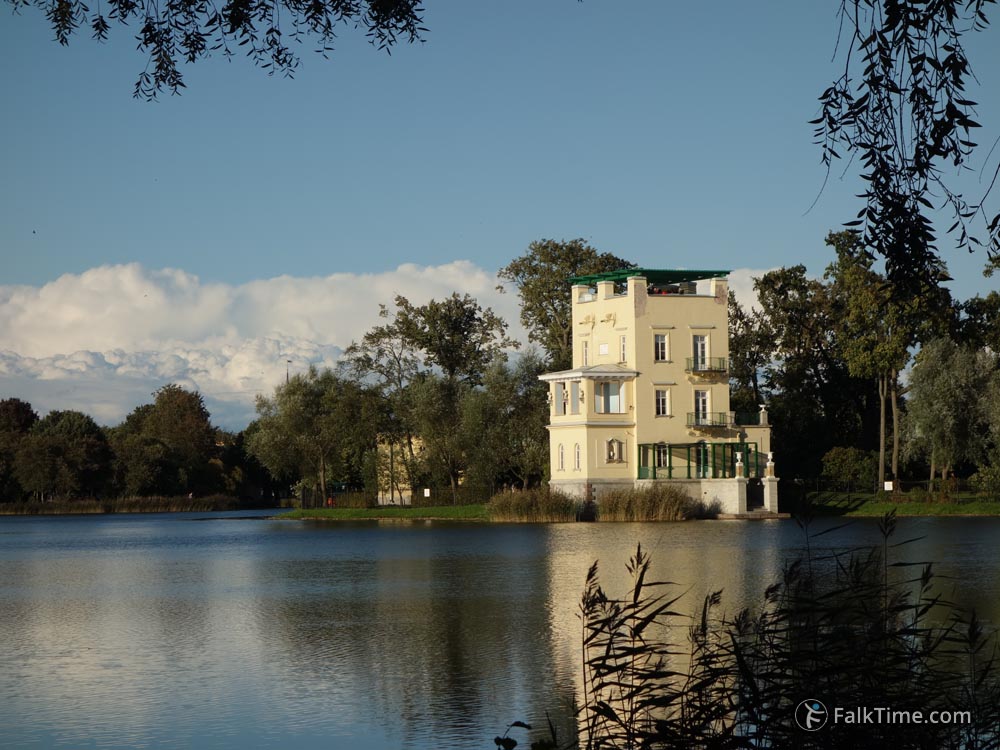
Both pavilions were richly decorated with Italian and Italian-style masterpieces. F.e. today you may see genuine mosaics from Pompeii (1st century AD) on the floor of dining room in Tsarina’s pavilion. Buildings were surrounded by cozy gardens with Italian sculptures.
One could visit islands only by means of water transportation: either by ferry or by Italian gondolas. These peaceful islands became favorite place of emperor’s family – serene family breakfasts, beautiful celebrations for the family and luxurious reception of royal guests were held there.
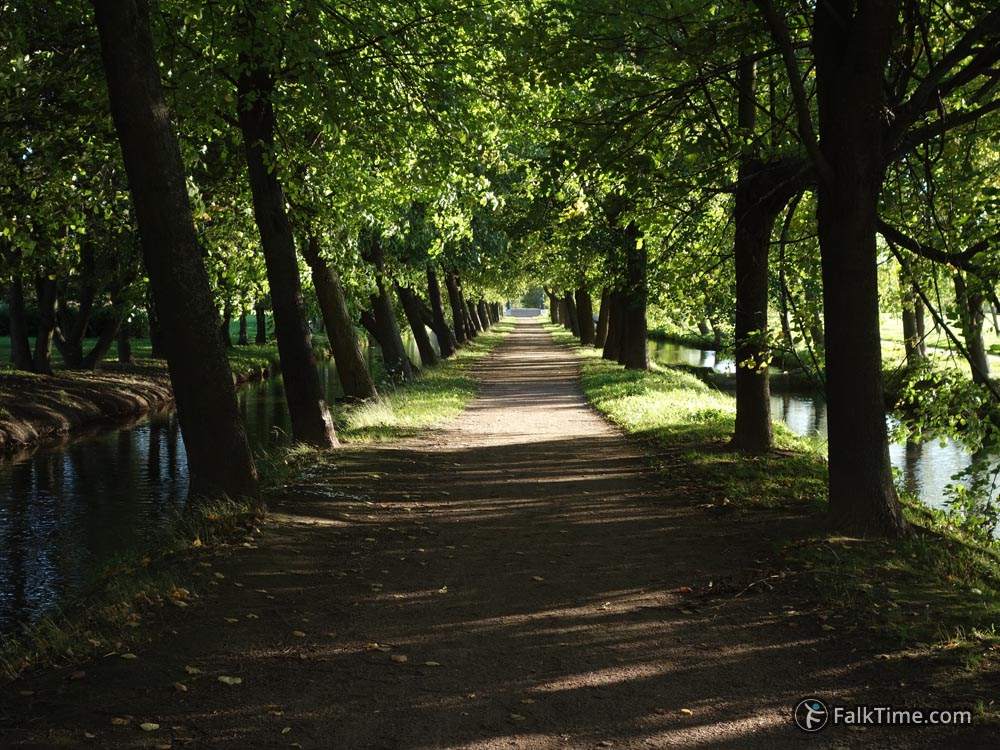
After the revolution Tsarina’s pavilion was turned into museum. In 1933 it was closed and all showpieces were moved to the Grand Peterhof palace. During World War II the pavilion was occupied by nazis who didn’t take care of it. The building was damaged, but not ruined. The furniture that was in Grand Peterhof palace had burned down during the war.
Olga’s pavilion was less fortunate: after 1917 all sculptures were moved to museum and the pavilion was abandoned. During World War II pavilion was burned down and ruined. The building had spent almost 60 years in ruins.
The restoration of both pavilions and their interiors ended up only in 2005. This project was fulfilled by architects Sevastyanov E.P., Toropov L.A. (Olga’s pavilion), Leontyev A.G. (Tsarina’s pavilion). Today there are no ferries or boats – just 2 bridges that connect islands. But still it remains a nice place to visit.
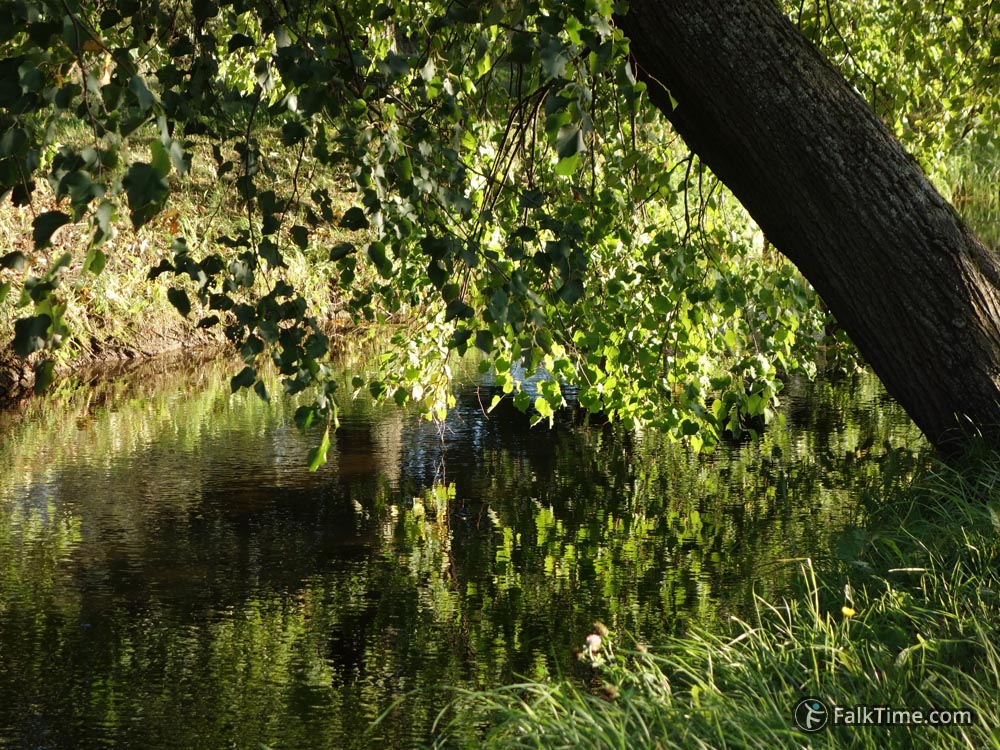
The name of park comes from colony of Germans that settled down next to it in 1833.
Pond and canals in the park are a part of fountains water system. Due to the amount of water in the park one can always find some waterfowl there, even in winter time (if you like to feed ducks – they are waiting for you). Birdwatchers may meet some interesting species during spring-autumn migrations.
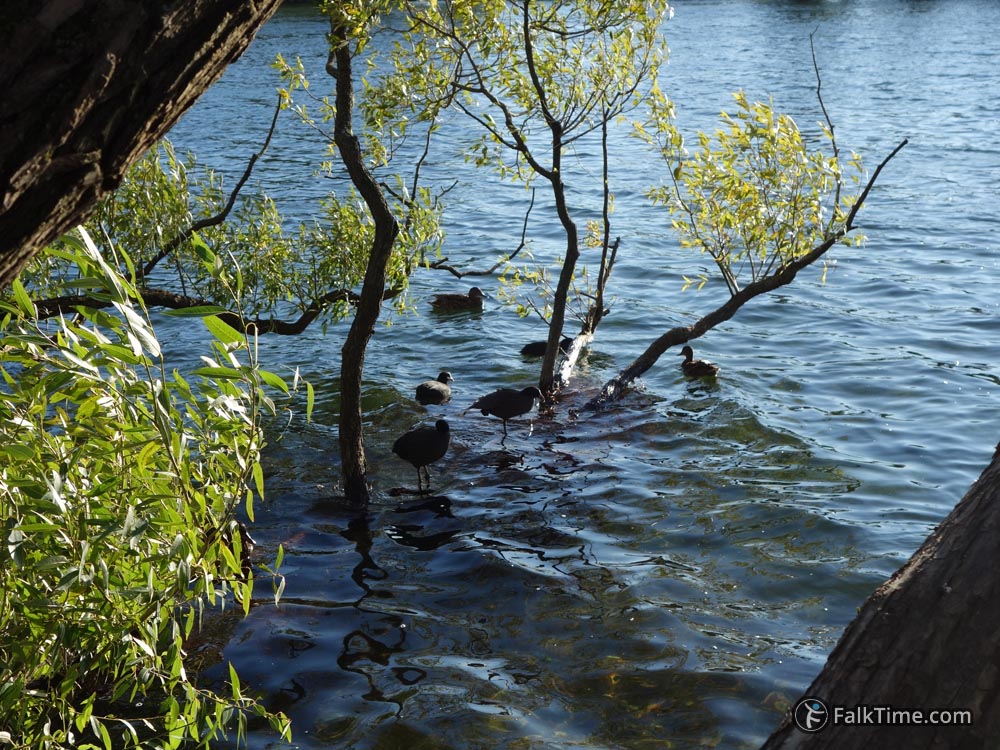
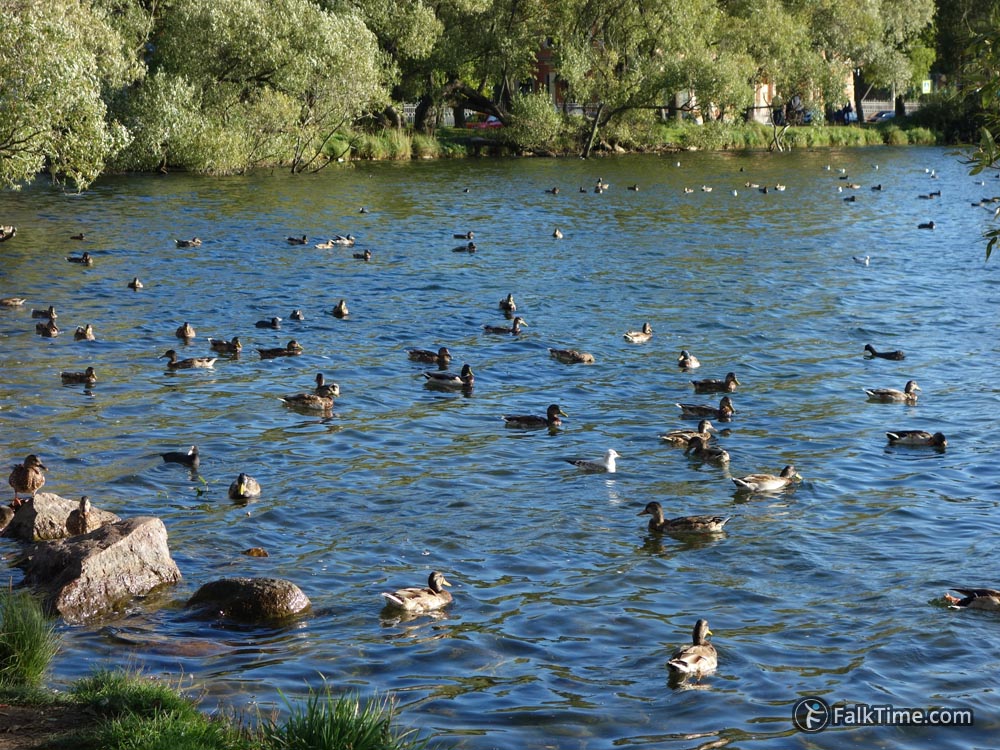
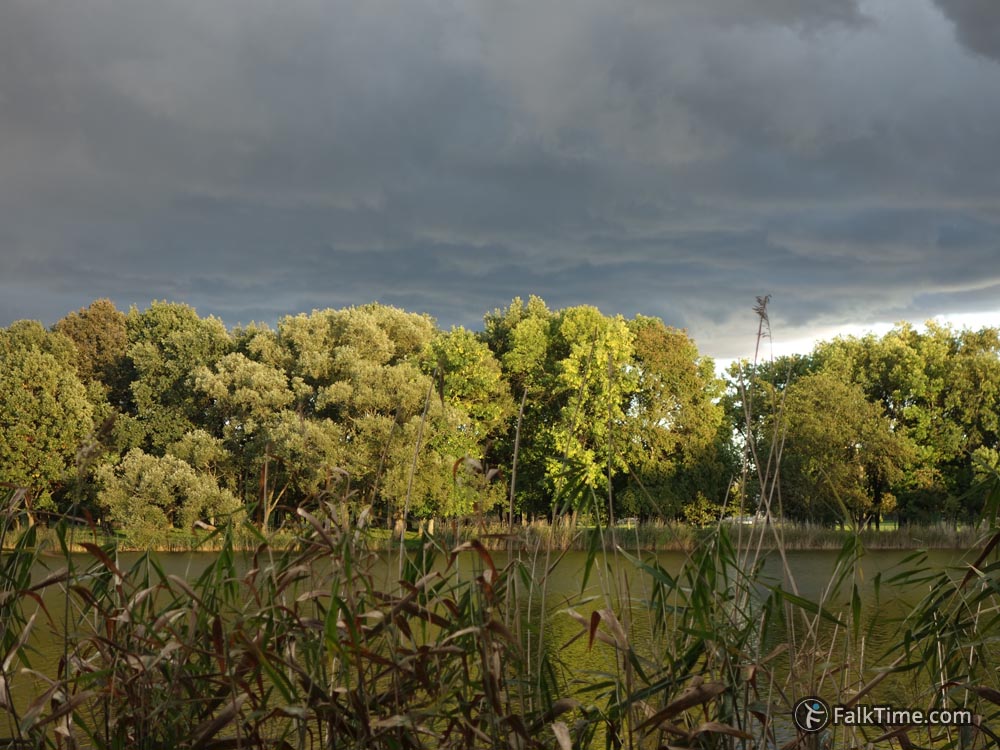

Map
Take map of Saint-Petersburg and Leningrad region with you – just click the star and it will be saved in your Google account. Any locations that I will add later will appear on your map.




